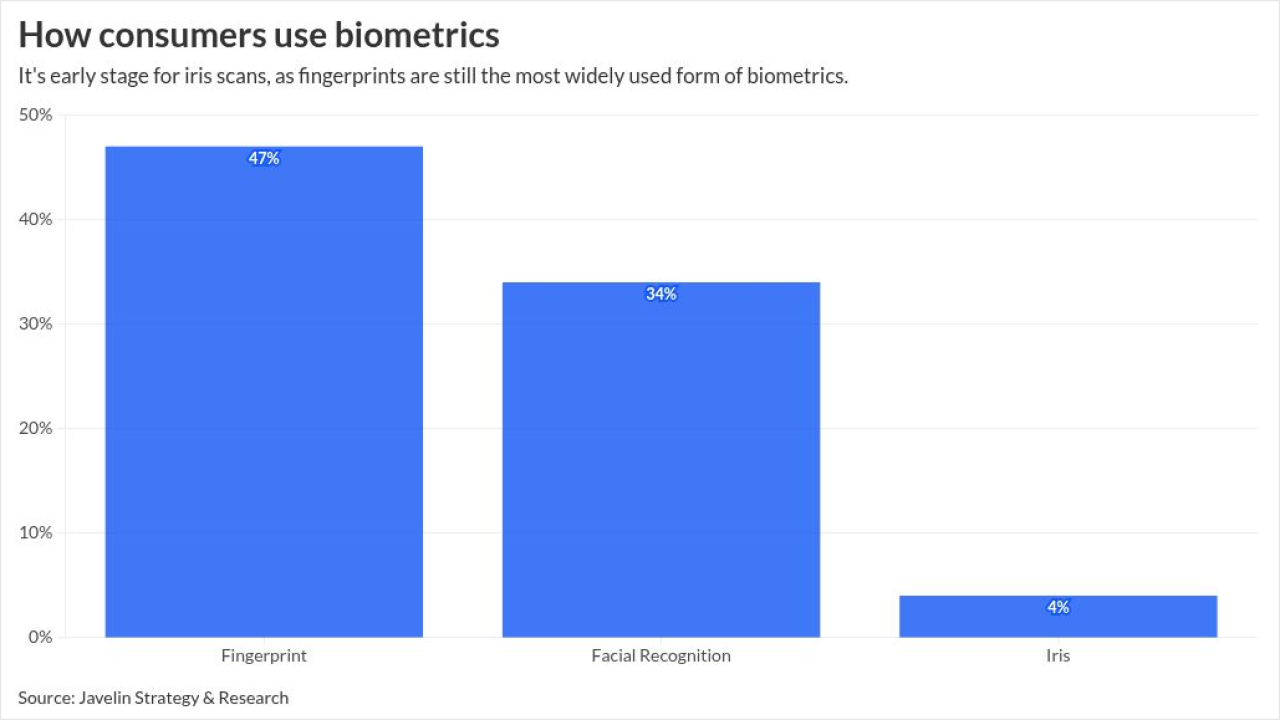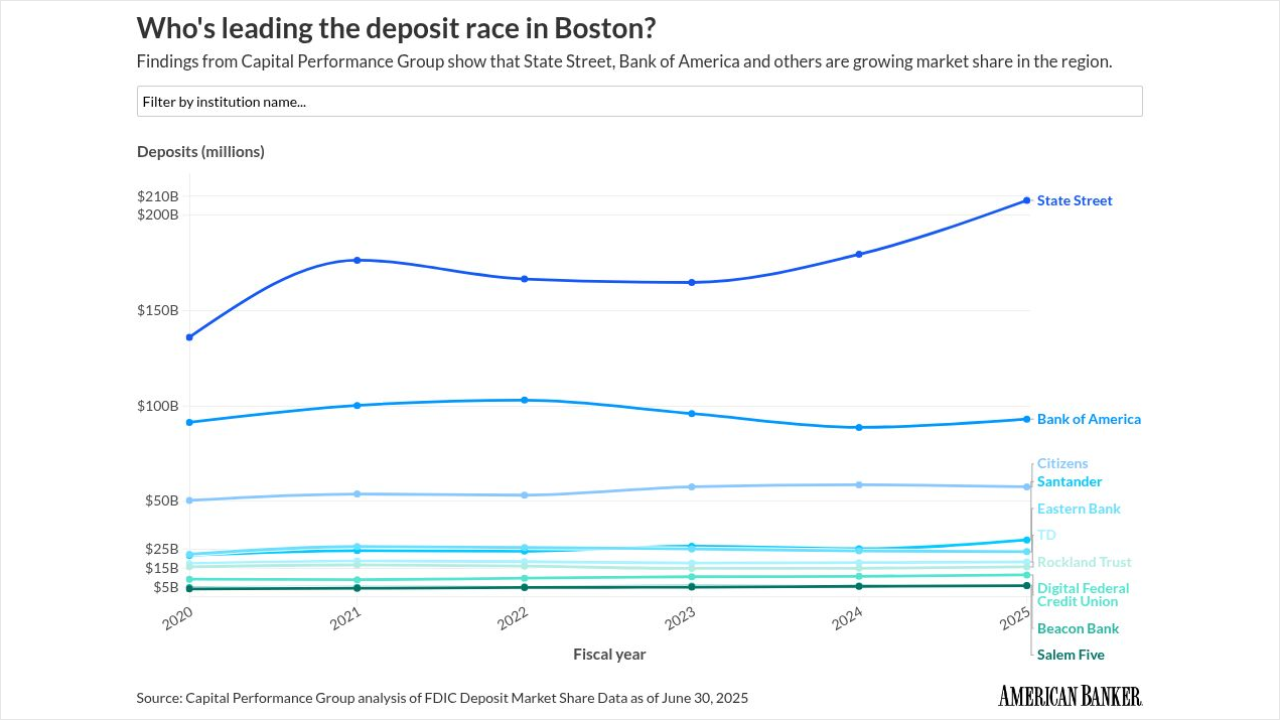A consortium of banks dedicated to cybersecurity released a set of white papers this month outlining the threats, risks and responsible use cases of artificial intelligence within financial services.
The six papers from the nonprofit Financial Services Information Sharing and Analysis Center (FS-ISAC) address topics ranging from the cybersecurity risks associated with AI to how banks can leverage AI in their cyber defenses and what principles banks should consider when creating AI-based tools and applications.
The papers, which FS-ISAC refers to together as a "framework," are designed to accompany resources from other nonprofit organizations and governments that address the same set of problems — namely, managing the risks and exploiting the powers of artificial intelligence in an ethical and secure manner.
FS-ISAC's framework joins a long list of others like it, including an
FS-ISAC's AI framework is a timely development, according to Benjamin Dynkin, executive director at Wells Fargo and chair of FS-ISAC's AI Risk Working Group (the group that created the six white papers), because banks are facing "increased pressure to capitalize on AI integration.
"These papers provide point-in-time guidance on using AI securely, responsibly, and effectively, while offering tangible steps the sector can take to counteract the rising risks associated with AI," Dynkin said.
The six-paper framework serves a vital role in financial institutions' fight against threat actors who have started using generative AI to enhance their attacks, according to Hiranmayi Palanki, principal engineer at American Express and vice chair of FS-ISAC's AI risk working group.
"The multi-faceted nature of AI is both compelling and ever-changing, and the education of the financial services industry on these risks is imperative to the safety of our sector," Palanki said.
Although plenty of documentation already exists, FS-ISAC claims its white papers constitute the first set of standards and guidance curated specifically for the financial services industry. (Some regulators have issued guidance specific to the industry, including the
While the six papers address a wide range of AI's upsides, FS-ISAC highlighted four "priority" threats posed by AI that it recommended financial institutions give special attention: deepfakes, employee use of generative AI, new phishing and business email compromise techniques and improper information use (i.e., proprietary, copyrighted or erroneous information).
FS-ISAC addressed each of these four priority threats in "
The Federal Reserve vice chair for supervision said advancements in technology could put banks in a "constant struggle" to stay ahead of hackers and other bad actors.
The five other white papers address the following:
"
In contrast to outlining the threats of AI, "
"
"
"
Accompanying the framework and vendor tool, FS-ISAC also released a document titled "
Among the institutions that contributed to the development of the framework are Wells Fargo, Goldman Sachs, FirstBank, Bank of Hope, NBT Bancorp, MUFG Bank, Ally Financial and nonbanks including Mastercard, American Express and Aflac.







